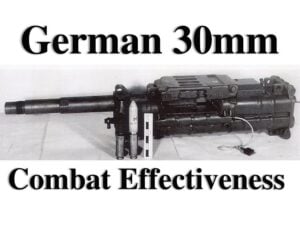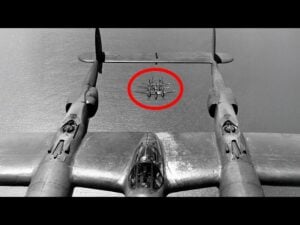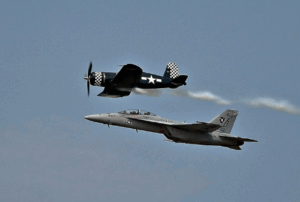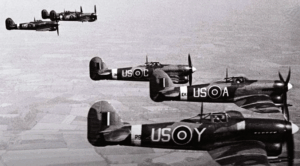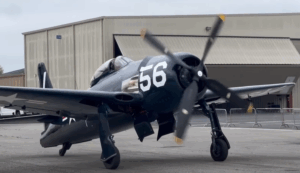Why Was The Bf 109 Slower Than The P-51 Mustang?

YouTube / Greg's Airplanes and Automobiles
Why is the ME 109G, despite its larger engine in a smaller airframe, significantly slower (by about 40-60 mph) than the P-51 Mustang?

Let’s explore some key differences between the Merlin 1650 and the Daimler-Benz DB 605 engines in terms of power.
First Impressions
At first glance, this may seem puzzling. The ME 109G is a smaller plane equipped with a larger engine, displacing 35.7 liters compared to the P-51’s 27-liter engine.

Additionally, the 109’s engine boasts fuel injection and a highly advanced supercharger system. Meanwhile, the P-51, powered by its Packard Merlin engine, comes in two main variants: the -3 and -7, both of which could be set up to run on different fuel types.

The Reason
The P-51 is faster despite its smaller engine, primarily due to the fact that it produces more horsepower and benefits from some aerodynamic advantages. But how does the smaller engine generate more power? The main reason is that the P-51’s engine can run at a higher manifold pressure.

For most of the war in Europe, the P-51D was capable of running at 75 inches of manifold pressure, compared to the 109’s 42 inches—a significant difference.

All else being equal, an increase in manifold pressure results in a nearly proportional increase in power. In other words, if you double the manifold pressure, you nearly double the power output. So, while the 109’s engine is 32% larger, that increase isn’t enough to offset the P-51’s 78% higher manifold pressure.














